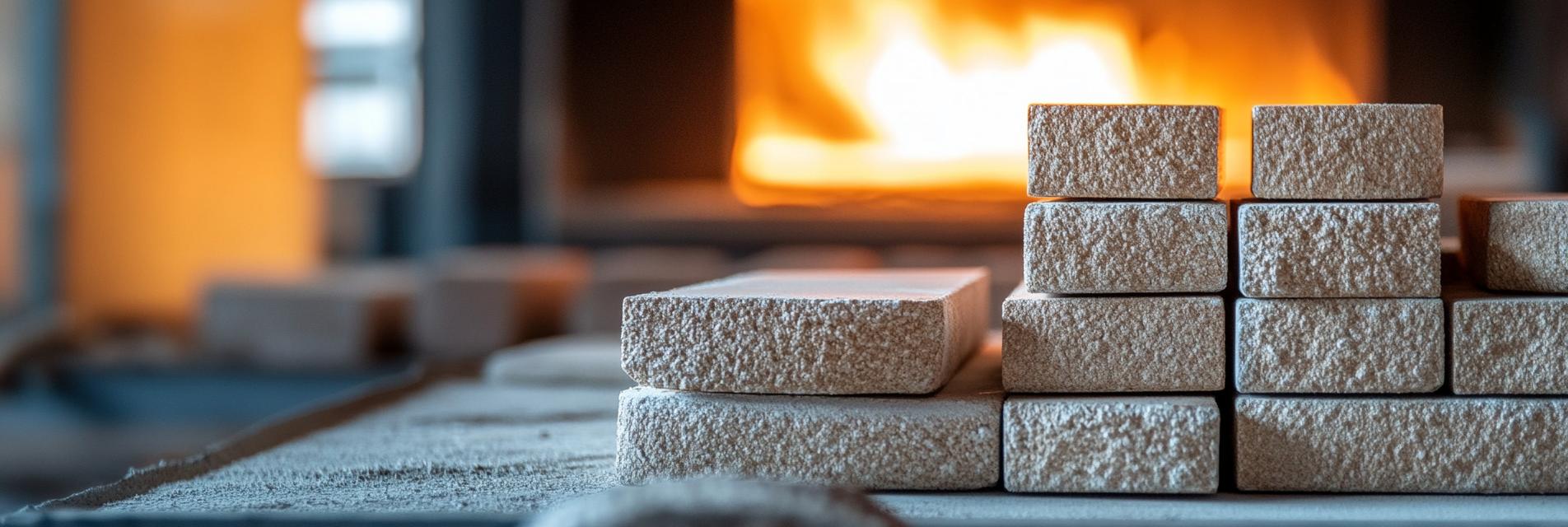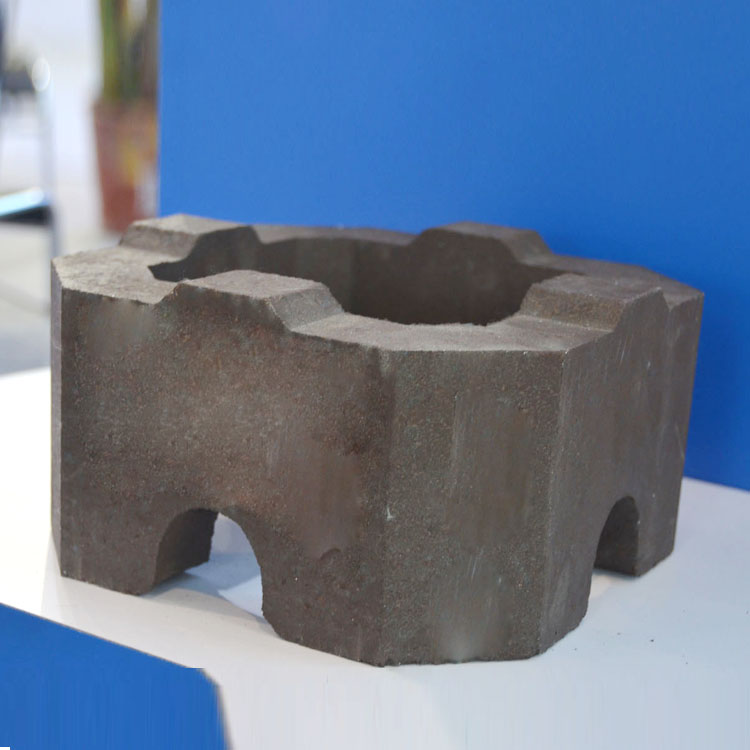
In high-temperature industrial environments, magnesia-chrome bricks play a crucial role. Traditional magnesia-chrome bricks are manufactured through processes such as sintering. They are made by mixing magnesia and chromite, followed by high-temperature firing. However, non-fired magnesia-chrome bricks also have their own characteristics and limitations.
Non-fired magnesia-chrome bricks are typically bonded with organic or inorganic binders. They are relatively easy to produce and have a lower cost. But they often have lower high-temperature strength. For example, at a temperature of 1400°C, the compressive strength of non-fired magnesia-chrome bricks may be around 30 MPa, while the strength of fired magnesia-chrome bricks can reach 50 MPa or higher.

Directly bonded magnesia-chrome bricks are a revolutionary product in the field of refractory materials. They are produced by firing a mixture of high-purity magnesia and chromite at extremely high temperatures, typically above 1700°C. This high-temperature firing process creates a direct bond between the magnesia and chromite crystals, resulting in a brick with exceptional properties.
One of the most significant advantages of directly bonded magnesia-chrome bricks is their excellent high-temperature strength. At temperatures up to 1600°C, they can maintain a compressive strength of over 60 MPa. This high strength allows them to withstand the extreme mechanical stresses and thermal shocks that occur in high-temperature industrial processes.
Compared with non-fired magnesia-chrome bricks, directly bonded magnesia-chrome bricks also have better corrosion resistance. In corrosive environments, such as those containing molten metals or slag, the corrosion rate of directly bonded magnesia-chrome bricks is only about half that of non-fired magnesia-chrome bricks. This means that they can have a much longer service life, reducing the frequency of replacement and maintenance.
.jpg)
Directly bonded magnesia-chrome bricks are widely used in various high-temperature industries, including metallurgy and glass manufacturing.
In the metallurgical industry, they are used in steelmaking converters, electric arc furnaces, and ladles. Their high-temperature strength and corrosion resistance make them ideal for lining these vessels, where they are exposed to molten steel and slag at temperatures up to 1700°C. By using directly bonded magnesia-chrome bricks, steel manufacturers can improve the efficiency of their production processes and reduce the cost of refractory materials.
In the glass industry, directly bonded magnesia-chrome bricks are used in glass melting furnaces. The high-temperature stability and chemical resistance of these bricks ensure the quality of the glass product and extend the service life of the furnace. For example, in a large-scale glass melting furnace, the use of directly bonded magnesia-chrome bricks can reduce the frequency of furnace repairs from once every 2 years to once every 5 years, resulting in significant cost savings.

Many companies have already experienced the benefits of using directly bonded magnesia-chrome bricks. A steel manufacturing company in Europe replaced its traditional refractory bricks with directly bonded magnesia-chrome bricks in its electric arc furnace. As a result, the service life of the furnace lining increased from 300 heats to 500 heats, and the overall production efficiency improved by 15%. At the same time, the maintenance cost was reduced by 20%.
A glass manufacturing company in Asia also switched to directly bonded magnesia-chrome bricks in its melting furnace. The quality of the glass product improved significantly, and the production cost was reduced by 12% due to the longer service life of the furnace lining.
Directly bonded magnesia-chrome bricks are truly the ideal refractory material for high-temperature industries. Their excellent high-temperature strength, corrosion resistance, and long service life make them a valuable investment for companies looking to improve their production efficiency and reduce costs. If you are looking for a reliable refractory solution for your high-temperature processes, directly bonded magnesia-chrome bricks are the answer.
Contact us today to learn more about our directly bonded magnesia-chrome bricks and how they can enhance your business. Our team of experts is standing by to provide you with personalized solutions and support.
Get in Touch
